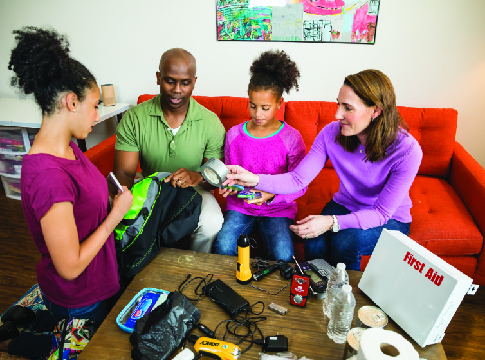There are currently no Public Safety Power Shutoffs.
Frequently asked questions
What is a PSPS?
A Public Safety Power Shutoff (PSPS) is an operational practice an electric utility may use to shut off power in high-risk areas to help prevent wildfires during extreme and dangerous weather conditions. A PSPS means EWEB will shut off power, and it is considered an action of last resort to help protect public safety. The risk of wildfires has changed in the Pacific Northwest; a PSPS is one way to mitigate those risks. We recognize that it is a very serious decision to turn off the power and there are many factors we consider when determining if a PSPS is a necessary action to mitigate the risk of wildfires. A PSPS is just one tool in our wildfire mitigation toolbox.
How will you be notified of a PSPS event?
We know advance notification is critical to help you prepare for an outage. Whenever possible, EWEB will announce a PSPS 48 hours in advance and again approximately 24 hours before the power is scheduled to be turned off. We will use multiple communication channels, including email, autodial phone calls, social media, our website, and local news media. Weather events and wildfire situations can be dynamic, so while we will strive for at least a 24-48 hours advance warning, this may not always be possible.
How does EWEB decide to turn off the power?
EWEB considers several factors in deciding whether, as an action of last resort, to turn off the power in response to imminent and extreme fire danger and risk to public safety. While each situation is unique, such factors include:
- Extremely dangerous fire weather conditions;
- Active wildfire in the area;
- Evacuation orders in place; and
- Coordinated response with other area utilities
How long before power is restored?
Once the immediate threat of wildfire has passed, our crews will visually inspect the power lines to check for any damage or safety concerns before restoring power. As these inspections can only occur during daylight hours, customers should be prepared to be without power for an extended time during a PSPS. Restoration will take longer than the de-energization process because crews need to visually patrol the lines to make sure equipment is safe to operate and work with our public safety partners to ensure there is no active fire in the vicinity before re-energizing power.
PSPS Enhanced Support Program
Do you or a loved one rely on electricity to keep medications cold or to use life-sustaining medical equipment or mobility devices? If so, it’s important to have an emergency plan in place for a planned or unexpected power outage.
We know that no one likes to lose power, and power outages during the heat of summer and wildfire season can create a different set of challenges for residents. This is especially true for customers who rely on electricity for medications, medical equipment, and mobility devices. That’s why we’re offering enhanced support for customers who may need additional assistance during a summer outage, such as a Public Safety Power Shutoff or PSPS.
Sign up for EWEB’s PSPS Enhanced Support Program so we know who you are and can support you with:
- Direct phone call notification 24-48 hours ahead of a Public Safety Power Shutoff (PSPS).
- Coordination and information sharing with helping agencies and emergency services for critical unmet needs
Who’s eligible for this program?
- Customers who reside within EWEB’s High-Risk Fire Zone territory (or caregiver/guardian of someone who resides within the high-risk territory)
- Customers with medical equipment or a medical need for electricity (such as a fridge for insulin)
- Customers who have serious health conditions and/or limited mobility.
The PSPS Enhanced Support Program does not:
- Mean your power is restored first in an outage, so it’s important to have a plan in place
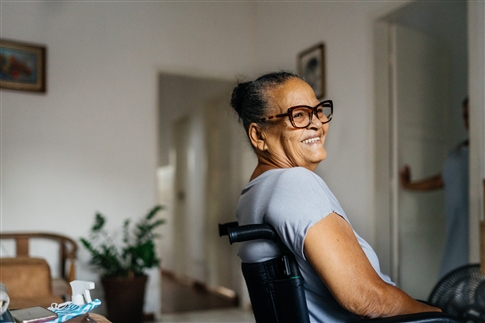
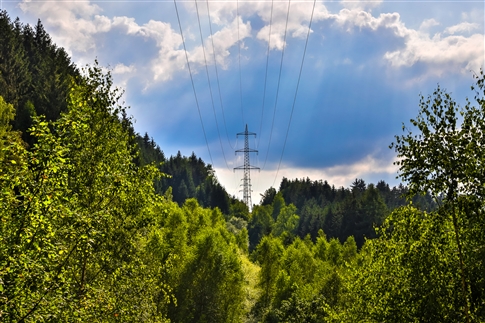
PSPS Notifications & Alerts
-
Sign up for EWEB's Emergency Preparedness & Alerts email newsletter.
-
Make sure your contact information is updated with us. Call 541-685-7000 to update your phone number and email address.
-
Follow us on Facebook and Twitter for PSPS notifications and updates
Preparing for a PSPS
Weather events and wildfire situations can be dynamic, so while we will strive for at least a 24-48 hours advance PSPS warning, this may not always be possible. So it is important to be prepared for an emergency:
Build your outage supply kit:
- First aid kit: Include prescription medications – check the expiration dates.
- Bottled water: Experts recommend a gallon per person per day.
- Flashlights and batteries: Store them where you can find them easily in the dark.
- Nonperishable food: Choose items that don’t require cooking or heating.
- Manual can opener
- Coolers, ice chests, and ice packs: Have a few in case of a lengthy outage.
- Special-needs items: This includes items for infants, the elderly, or the disabled.
- Battery-operated radio: To access news reports.
- Fresh batteries: For all battery-powered equipment.
- External rechargeable battery pack: To charge cell phones and other electronic devices.
- Back up gas tank: Keep an emergency gas tank on hand or fill up your vehicle before a PSPS in case you may need to evacuate due to a wildfire.
Food Safety Tips:
Perishable foods in your refrigerator and freezer may not be safe to consume after an electric outage, depending on the length of the outage and outdoor temperatures. There are steps you can take steps to make sure your food is still safe to eat once the fridge is running again.
- Keep the refrigerator closed, opening doors only when necessary. Depending on the outside temperature, an unopened refrigerator can keep foods cold enough for several hours. Placing blocks of ice inside will also help keep food cold longer. Check food carefully for signs of spoilage.
- Draw the line at 40 degrees. Perishable foods should not be held above 40 degrees Fahrenheit for more than two hours.
- Coolers and ice chests. For outages lasting more than two hours, food items such as dairy products, meats, fish, poultry, eggs, and leftovers should be packed into a cooler with ice. A separate cooler can be packed with frozen items.
- Canned and dry goods, as well as powdered or boxed milk, can be eaten cold or warmed on a grill.
- Leave a light on when you go to bed. It will wake you when power returns so you can check the condition of your food.
- If you’re not home when a power outage occurs, determine how long power has been out. Check the internal temperature of perishables in your refrigerator with a quick-response thermometer – any item above 40 degrees should be thrown out. If power comes back on within 24 hours, and your freezer is fairly full, your frozen items should be safe. If the refrigerator was out for more than 24 hours, you should get rid of perishables.
Electronics and Appliances tips:
- Unplug household appliances such as televisions, computer equipment, washers, dryers, game consoles, fans, and lights to prevent them from being damaged.
- Charge your cell phone and other important devices ahead of time and keep a backup power charging source in your home.
- Use surge protectors to help prevent damage to electronics.
- Turn off all light switches and lamps except for one. Leave one on so you’ll know when power returns.
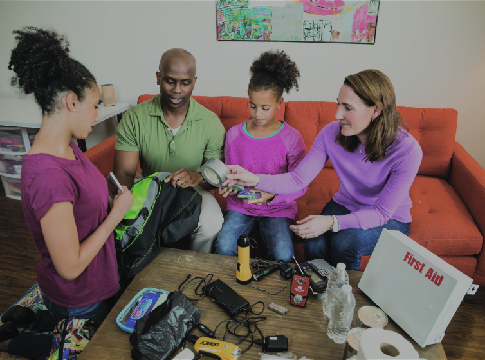
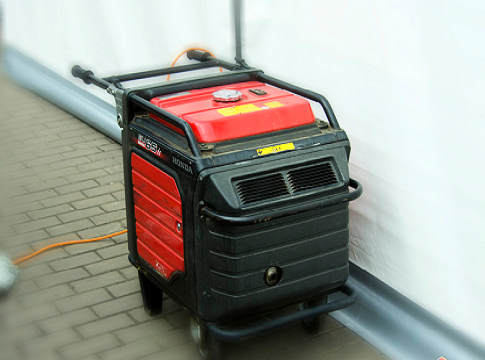
Generator Safety
Using a generator when the power goes out is a great option, but safety should be the top priority for both you and utility workers.
Read moreCommunity Resources
In an event of an extended power outage, we will work with agency partners to provide community resources.
Related Programs
Together, we prepare. Find information about preparing your household for an emergency, and learn about EWEB's Water Reliability Initiative.

